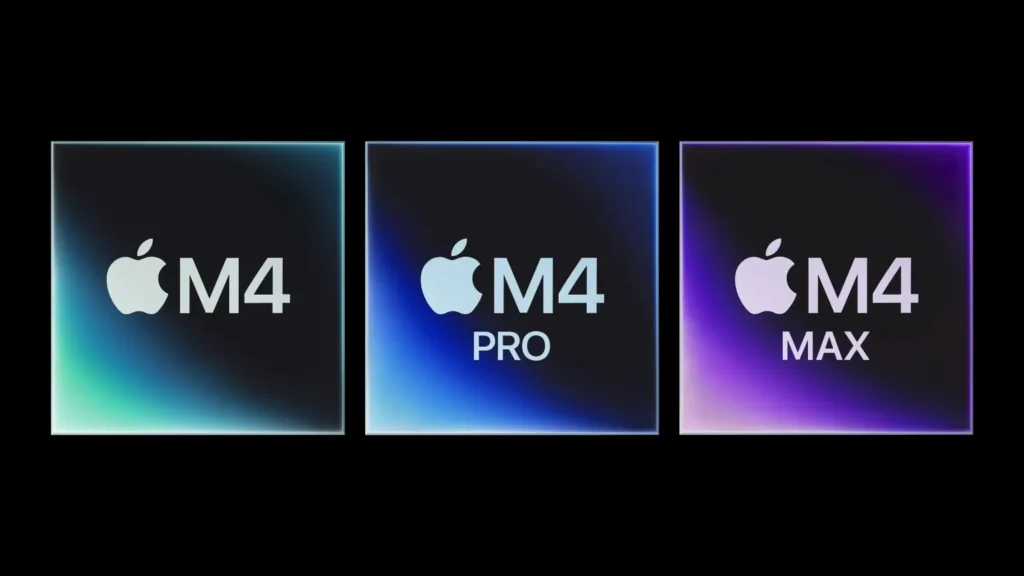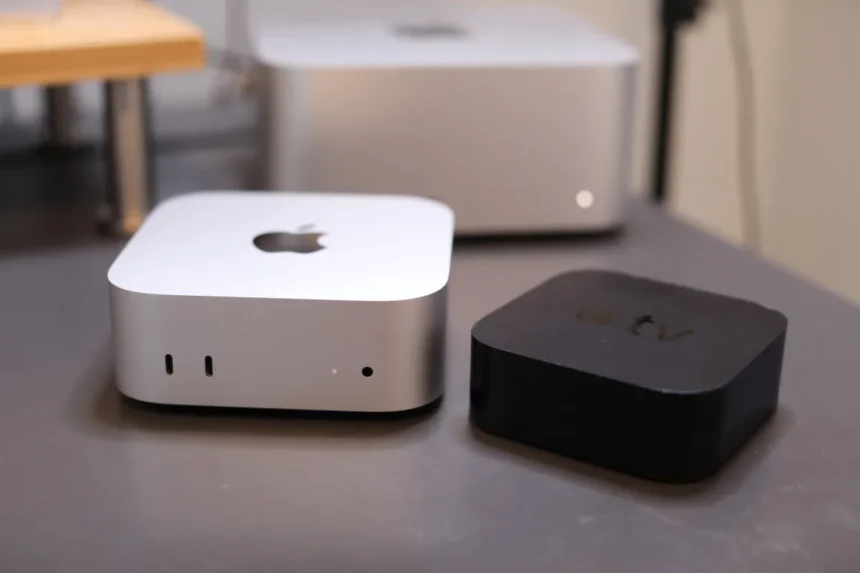For years, the Mac Mini held an awkward place in Apple’s desktop lineup. While the iMac consistently received attention and updates, and the Mac Pro was Apple’s statement piece for professionals, the Mini felt like an afterthought. But in recent years, things have changed. Apple’s lineup now includes the powerful, versatile Mac Studio, covering a range of performance and price points from just under $2,000 to well over $5,000. And with Apple Silicon at the forefront, the Mac Mini is no longer the odd one out.
When Apple introduced its M-series chips in 2020, the Mini was revitalized with Apple’s own silicon, drawing interest even though the external design remained the same as it had been for years. Now, with the release of the Mac Mini M4, Apple has finally given this desktop a major facelift, the first redesign since 2010. Though initial rumors suggested a tiny footprint comparable to an Apple TV, the new Mini stands as a compact yet substantial upgrade, offering impressive power in a minimalist form.
A Fresh Look for the Mini
The new Mac Mini M4 is the most compact Mac desktop yet, measuring 5 x 5 x 2 inches—larger than an Apple TV but significantly closer in form to Apple’s new design language. In terms of style, it closely resembles a smaller version of the Mac Studio, with brushed aluminum and softened corners, creating a modern aesthetic that will feel right at home in most setups. However, the differences between the Mini and Studio become apparent when you look at the port selection.
Mac Mini vs. Mac Studio: Different Sizes, Different Features
The Mac Mini’s smaller footprint inevitably comes with compromises. Unlike the Studio, which can come with four to six Thunderbolt ports depending on the configuration, the Mini offers three Thunderbolt ports on the back and two USB-C ports in the front. This thoughtful addition makes it easier to plug in and unplug accessories without turning the entire desktop around. The Mac Studio, in comparison, is more versatile in terms of connectivity, with additional USB-A ports, more Thunderbolt ports (on higher configurations), and an SDXC card reader.

Both the Mini and Studio retain essentials like an HDMI port and Ethernet jack, while the Studio offers that additional SDXC slot for those who need quick access to media files. With the new M4 chip, the Mac Mini also introduces support for Thunderbolt 5, a future-proofing feature that makes it a compelling choice for those who prioritize connectivity.
The Power Button Controversy
One of Apple’s design quirks with the new Mac Mini M4 is the repositioned power button. Much like the USB-C charging port on the bottom of the Magic Mouse, the Mac Mini’s power button is now located on the underside of the device. While it’s inconvenient to have to lift the Mini to turn it on, the placement doesn’t affect usability once the system is up and running.
Apple also added a fan vent at the bottom to keep the system cool, and with Apple Silicon’s reputation for efficiency, the fan rarely kicks in unless you’re putting the M4 Pro chip through intensive tasks like gaming or heavy video editing.
Configurations and Pricing: How Does the Mac Mini Stack Up?
The Mac Mini M4 is available in two configurations: a base model with the M4 chip starting at $599, and a Pro version starting at $1,399. For context, that’s $100 more than the M4 iMac, which comes with a display, Touch ID keyboard, and mouse. Opting for the M4 Pro model includes enhanced processing capabilities, but also rapidly increases the cost, especially as you add options for storage and memory.
The model Apple provided for review features an M4 Pro chip with 14 CPU cores and 10 GPU cores, 48GB of memory, and 1TB of storage. This configuration is priced at $2,299, $300 more than the entry-level M2 Pro Studio. A fully loaded Mini, with 8TB of storage and 64GB of RAM, will set you back $4,699. And if you decide to add a Studio Display, Magic Keyboard, and Magic Trackpad, you’re looking at a grand total close to $7,000.

Once you reach this price range, you might start questioning the Mini’s place in the lineup. The Mac Mini seems to sit in the middle ground between the iMac and Mac Studio, offering flexibility for those who want to bring their own display to the party without committing to the full Studio price tag.
So, Who Is the Mac Mini For?
The Mac Mini shines for users who already own a monitor or want the freedom to choose their own. It’s perfect for users who want a quick, powerful desktop upgrade without the limitations of an all-in-one iMac and who don’t need the extensive expandability of the Mac Studio. At its core, the Mini is an entry-level Mac desktop that punches above its weight, ideal for users who need a capable, standalone computer.
For those after true portability, though, a MacBook may be a better fit. A 13-inch MacBook Air with 16GB of RAM is available for $999, and with the M3 chip or higher, it can power two external displays, providing versatility in both desktop and mobile environments. And if budget is a factor, the new M4 iMac starts at $1,299, including a display and peripherals.

A Desktop with a Questionable Niche
Ultimately, the new Mac Mini M4 occupies a unique, if somewhat unclear, niche in Apple’s desktop lineup. Its ideal user profile includes those who want a dedicated desktop without the commitment of an iMac’s built-in display or the price of a Mac Studio. The Mini appeals to users seeking a compact, minimalist desktop that fits seamlessly into an existing setup—especially for those who want to avoid the clutter of a laptop dock.
It’s also easy to see the Mini thriving in enterprise settings, where its small footprint and capable internals could make it a cost-effective solution for bulk deployment. For consumers weighing their options, it’s worth considering if an iMac or MacBook might offer more value or flexibility for your particular needs.
Final Verdict
The Mac Mini M4 is a well-designed machine with impressive performance in a small form factor. While the design decisions—like the bottom-mounted power button—are quirky, they don’t significantly hinder the user experience. The Mini’s compact size and capability make it an appealing option, yet its position in Apple’s lineup can feel a bit uncertain.
If you’re someone who values a standalone desktop that won’t take over your workspace, the Mac Mini M4 could be just what you need. But for others, it may be worth looking at Apple’s other desktops to find the right balance of power, price, and portability.










